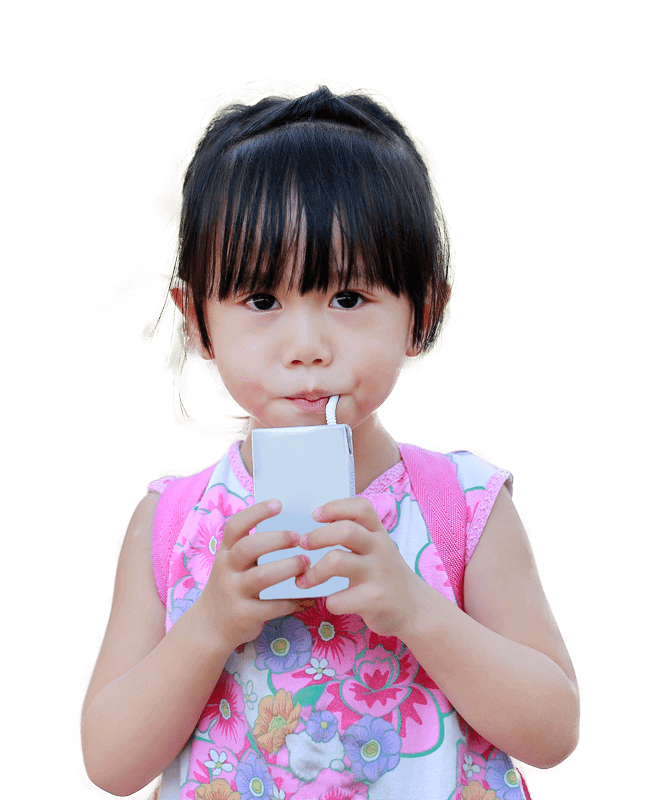Developmental Checklist for Infants, Toddlers and Preschoolers
Have you ever wondered, “What should my baby be doing at 6 months?” Or, “What should my toddler know how to do at 2 years old?”
As a parent, it can be difficult to understand which behaviors and challenges are typical and which need extra attention. To lighten the questions, we prepared a child development checklist, which covers what most children do at various ages, including social/emotional, language/communication, movement/physical development and cognitive milestones. This list of milestones for babies through 5-year-olds does not serve as a test for autism or disability. Rather, it should function as a guide of skills in which families can watch for in their children.
The American Academy of Pediatrics and CDC recommend physician surveillance during every well visit and developmental screenings for children at 9, 18 and 24 or 30 months of age. Evidence shows the earlier development is assessed, the greater the chance a child has to reach their true potential. So, if you have concerns or questions about any aspect of your child’s development – listed here or not – we urge you to discuss them with the pediatrician or contact us at Hopebridge to arrange an appointment for autism testing.
Find out the target milestones for each age bracket, from birth to 5 years:
– Birth to 2 months
– 2 to 4 months
– 4 to 6 months
– 6 to 9 months
– 9 to 12 months
– 12 to 15 months
– 15 to 18 months
– 18 months to 2 years
– 24 to 30 months
– 30 months to 3 years
– 3-4 years
– 4-5 years
